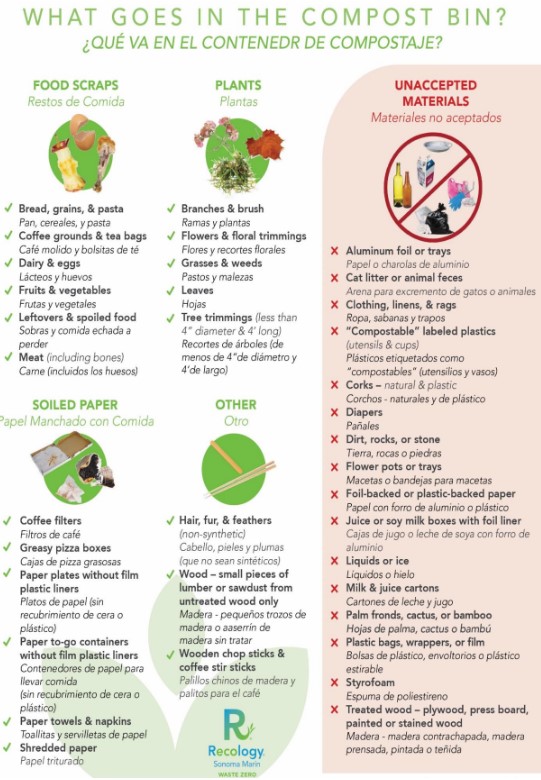By Sister Suzanne Gallagher, Mercy Justice Team
A few Christmas seasons ago, I gifted my sister with a new set of plastic storage containers. The gift made me smile for a variety of reasons: the gift was practical, which is a must for my gift-giving practices; many of my sister’s storage containers made their way into my take-away bag at the end of previous holidays and now I had a good collection of her containers; and she was using her containers until they lost their lids or were looking shabby. But they are so convenient!
Becoming more aware of the profusive use of plastics helped me to realize how plastic was still my go-to option for so many things, including storing food. I decided to make the switch to using glass containers for storage whenever I could. The benefits are numerous and eco-friendly.If you are like me, you are cautious about using plastic containers in the microwave. We know that plastic is porous and prone to leaching dangerous chemicals into food and then into your body; this increases as your plastic containers age or are heated. With glass, there is no chemical interaction between the container and its contents. Glass containers are usually made of natural, sustainable raw materials and can be recycled repeatedly. Plastics can often be recycled, however, they degrade with each event, referred to as “downcycling.” Using glass is more sustainable for our earth and a healthier option for our bodies.
The downside to using glass storage containers is that glass can break. We need to be careful about handling them. Also, glass containers are more expensive. Taking all the pros and cons into consideration, it is a false economy not to make the switch. I am building my collection of glass containers slowly and looking at spaghetti sauce and jelly jars differently.



